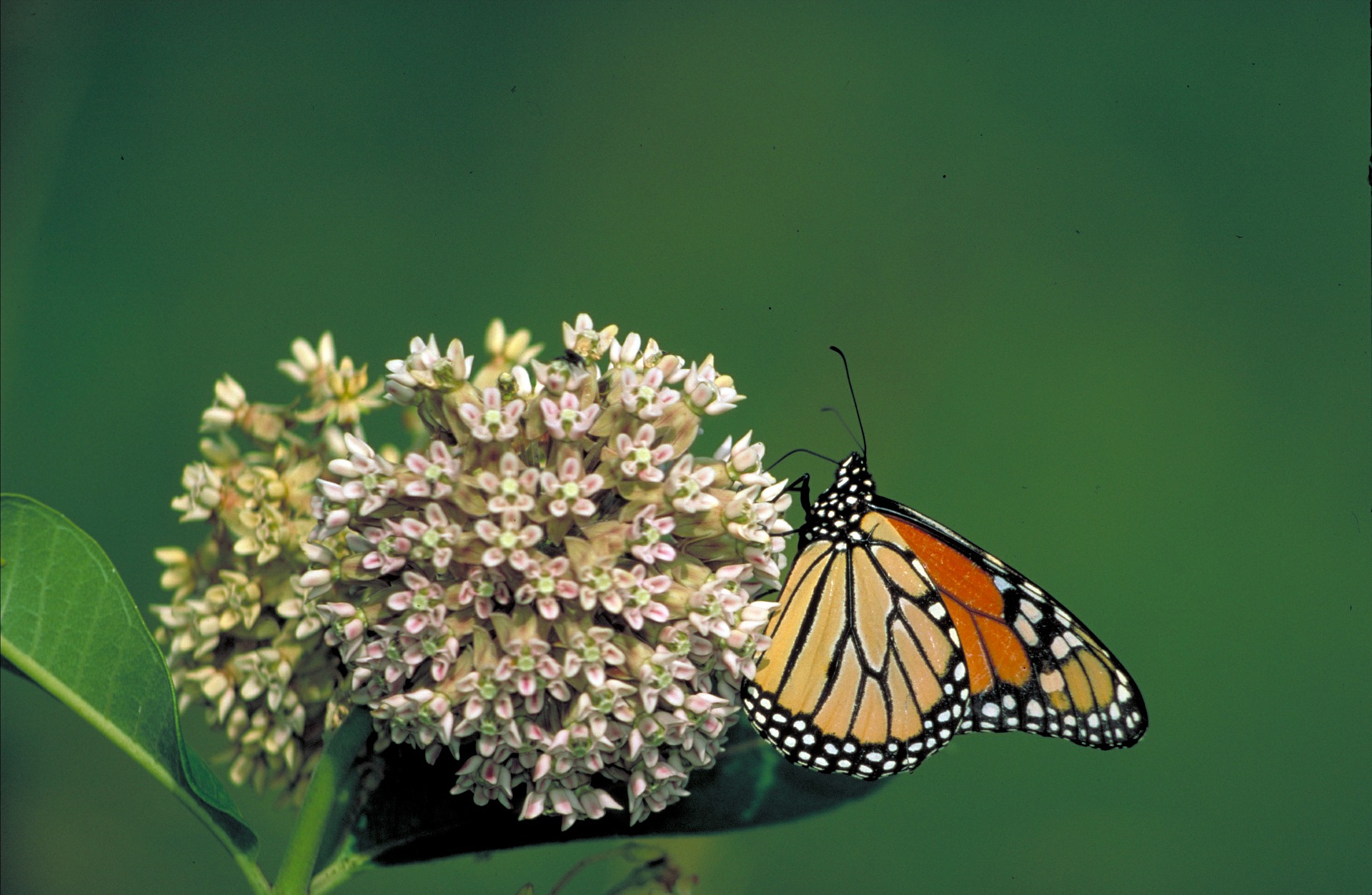NHES CAMPUS
The National Humane Education Society (NHES) is approximately 60 miles west of Washington, D.C., in the historic countryside of Jefferson County, West Virginia.
The NHES Campus consists of 24 beautiful gently rolling acres and is home to the following programs of NHES:
1. Humane Education & Advocacy Program
2. Briggs Animal Adoption Center (BAAC)
3. Spay Today
NHES relies solely on charitable donations to fund its programs. It does not receive any operating funds from local, state or federal governments.
Each year, NHES welcomes nearly 10,000 visitors and strives to educate all about epidemic overpopulation of cats and dogs, the responsibilities of adopting a companion dog or cat, the absolute need to spay and neuter one’s companion animals, as well as the role that each of us can play in the creation of a more humane world.

BAAC became operational in October 2000 and is named in honor and memory of James P. and Anna C. Briggs (founder of NHES) who dedicated their lives to improving the plight of homeless animals in our nation.
This state-of-the-art animal care facility is the embodiment of Mr. and Mrs. Briggs’ guiding philosophy that “each and every animal has intrinsic value and deserves to be treated accordingly—with kindness, compassion and respect. Therefore, our stewardship includes sanctity for their individual lives, and we will not participate in the killing of one animal in order to ‘make room’ for another animal. But rather, we will remain committed to each animal that comes into our care until an appropriate home can be found, because this is part of the humane solution to ending animal suffering.”
BAAC provides one of the highest standards of veterinary medical care available to all of the dogs and cats who come through the door. This medical care is provided before adoption and would normally cost a minimum of $400 per animal if performed after adoption at a standard veterinary clinic. The animals receive socialization, rehabilitative care, and canine basic obedience training for long-term residents. Adopters receive pre-adoption conversations and post-adoption check ins.
NHES’ BIRD AND BUTTERFLY SANCTUARY
The landscape of the NHES Campus has been modified to generate greater biodiversity and support species like the monarch butterfly and the northern bobwhite, as well as, providing a haven for other wildlife species.

Though the monarch butterfly can obtain nectar from a variety of plants, monarch butterflies can only lay eggs on the milkweed plant (pictured).
The monarch butterfly is well-known for the distinction of being the only North American butterfly to migrate. Though the monarch weighs less than one gram, fourth generation butterflies, who emerge in late summer and early fall, undergo a miraculous journey of up to 2,800 miles from Canada and the U.S. to hibernate in the mountainous forests of Mexico. Just how these delicate creatures achieve such a momentous feat remains one of the most mysterious phenomena in nature. Unfortunately, the monarch butterfly is quietly vanishing due to devastating losses of habitat, particularly habitat containing milkweed, the sole host plant of the monarch. In 2013, the monarch population to reach Mexico was the smallest since 1993.
For similar reasons, the U.S. is also losing many species of native grassland birds. Just as the monarch relies upon milkweed to lay eggs, species such as the northernbobwhite rely on uninterrupted fields to survive and reproduce. While we normally think of birds nesting in trees, birds like the northern bobwhite nest on the ground in high grasses. As strip malls, housing developments, and large scale agriculture have expanded, wild grasslands have disappeared. Tragically, birds like the northern bobwhite are disappearing with them. Once common, this petite bird’s population has plummeted by 82% since 1966.
In August 2015, NHES began stage one of a project with the assistance of the Potomac Valley Audubon Society (PVAS) that will yield 12 acres of bird and butterfly habitat on the NHES Campus by mid-2016. NHES has also worked closely with WV Project CommuniTree to install over thirty native tree saplings across the entire 24-acre property. While any one project cannot save a species, experts agree that a continent-wide restoration of habitat is these species’ best chance for long-term survival. We hope that you will visit this page frequently to check our progress and to learn ways that you can make your home landscape a haven for birds, butterflies, and other wildlife!

The northern bobwhite is the only species of quail native to the Eastern United States.
